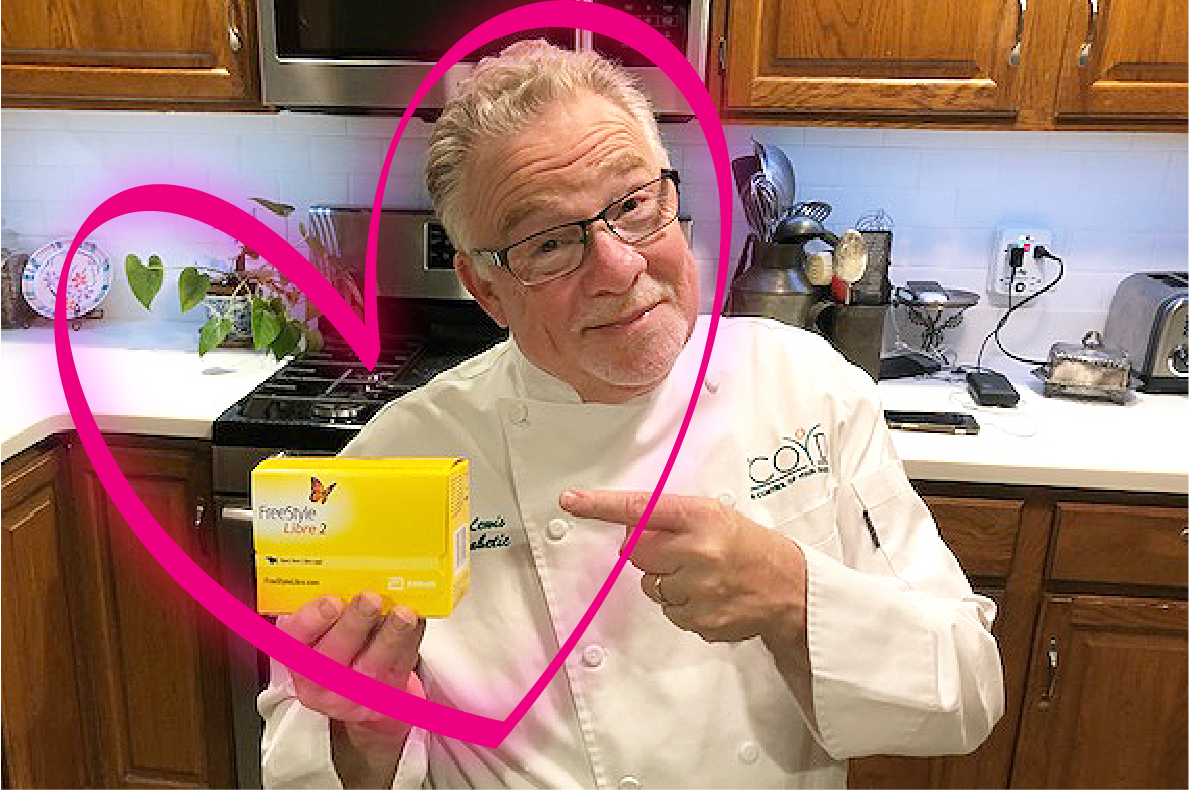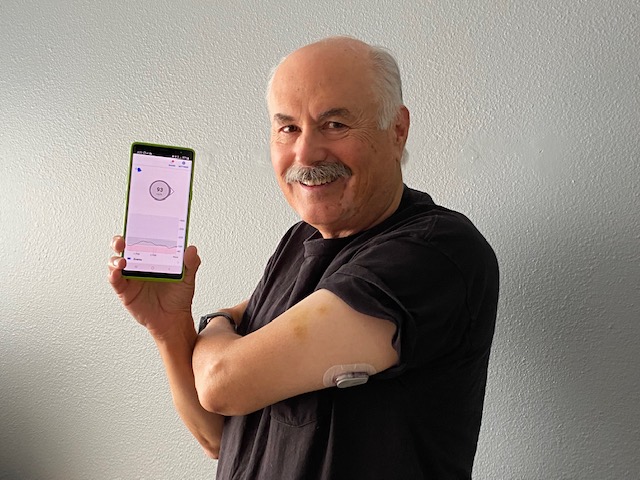
Move over time in range…time in TIGHT range wants a seat at the table. But should we make room? Dr. Pettus explains what TITR is, how it developed, and whether or not it’s time to embrace it.
read more →
Move over time in range…time in TIGHT range wants a seat at the table. But should we make room? Dr. Pettus explains what TITR is, how it developed, and whether or not it’s time to embrace it.
read more →
Is lower always better when it comes to A1c? Maybe…but maybe not. Recommendations are changing, and there are lots of other factors to consider for your target range including age, hypoglycemia risk, life circumstances, and other health conditions you may have.
read more →
If a tree falls in the forest and no one is around to hear it, it still fell. And it’s the same thing with a CGM alert. If your upper alert is set too high and you’re never notified, you still have high blood sugars. See how Dr. Edelman helped this patient get past his alarm aversion.
read more →
If you’re not utilizing your trend arrows and reacting to them, you’re not getting the most out of your CGM. Drs. E+P explain how to dose (or not dose) in response to the direction your trend arrows are pointing. Here’s their advice on how to adjust for highs and lows, along with a trend arrow cheat sheet.
read more →
The FreeStyle Libre 2 CGM has been a recipe for success for Chef Robert Lewis, aka the Happy Diabetic Chef. Now that he can check his blood sugars with the swipe of his phone, he’s in love with the ease it brings to his life and his kitchen, and his diabetes management.
read more →
Knowing what your blood sugar is doing all the time is an empowering piece of information that can give you peace of mind, improve your quality of life, and positively impact your daily activities and overall diabetes management. Robert Cudlip shares his experience after a year using the Dexcom CGM.
read more →
If you’ve sworn off pizza because it wrecks your blood sugars, don’t delete Domino’s from your dinner rotation just yet. Dr. E and Dr. P tried two different ways to stay in range after eating three pieces of pepperoni pie, and the results may surprise you. Dr. P used a predetermined bolus calculation with graphs and charts and Dr. E went with a WAG (Wild Ass Guess). How’d they do?
read more →
Continuous glucose monitoring (CGM) is an awesome technology, but it’s not perfect. Here are some tips on how to deal with the challenges many of us face, from lost signals to skin irritation.
read more →
Our international panel of diabetes experts discussed highlights from the ADA’s Scientific Sessions, and lead a Q&A on some of the most important advances in diabetes.
read more →
When you don’t feel well due to high or low blood sugars, it’s hard to be your best. That’s why it’s so important to know about time in range and what it can do for your mental and physical health. Dr. Polonsky delves into the details and shares how time in range impacts all areas of your life.
read more →